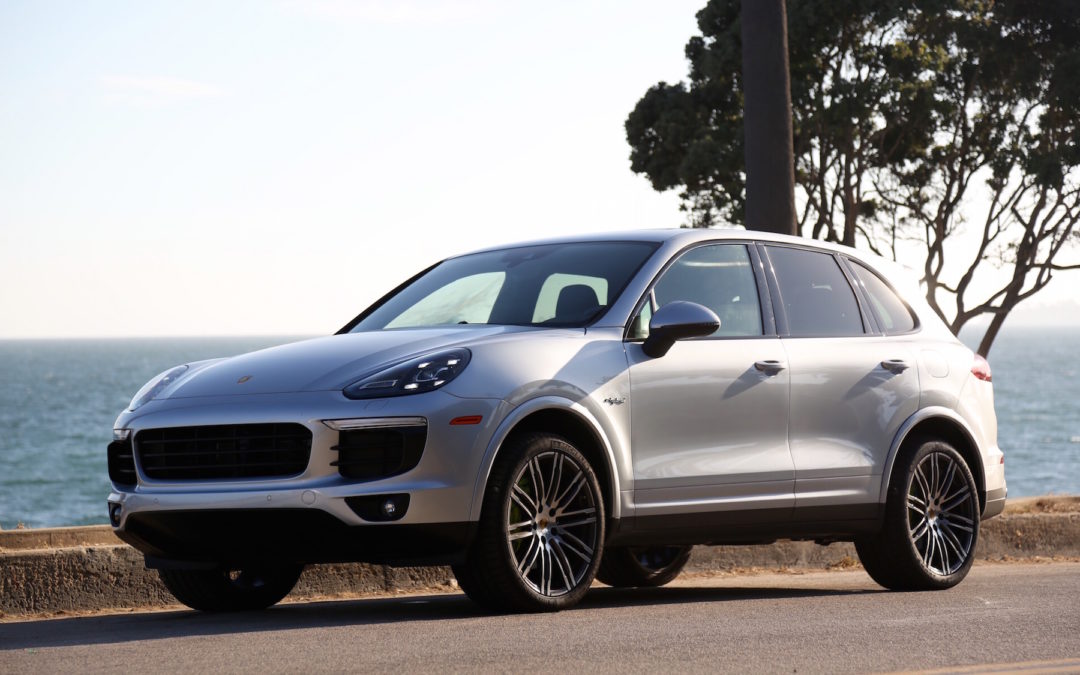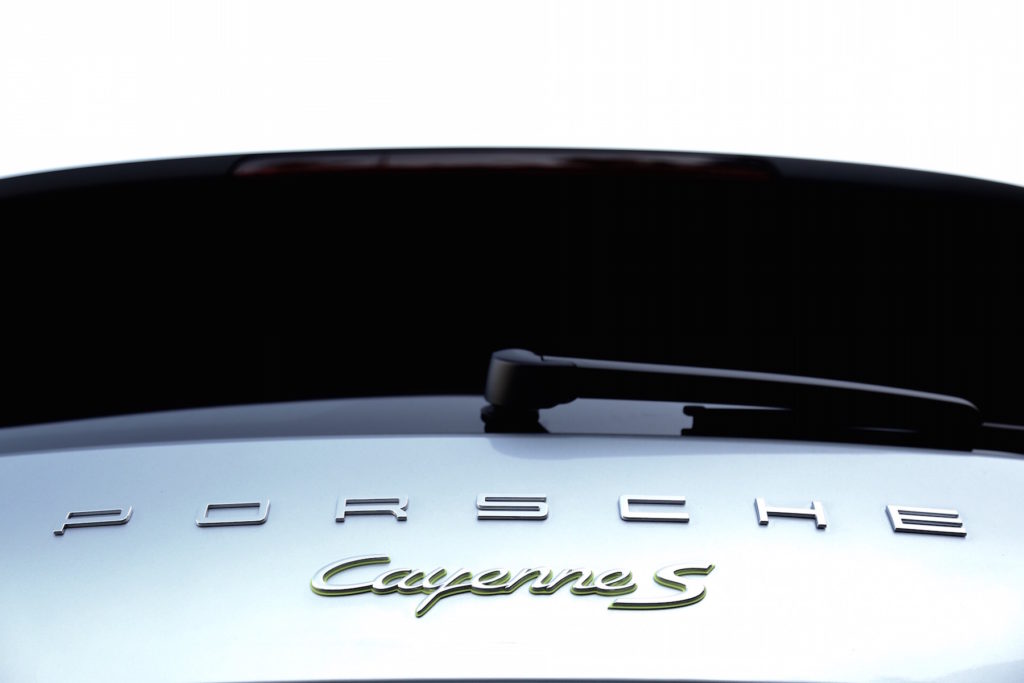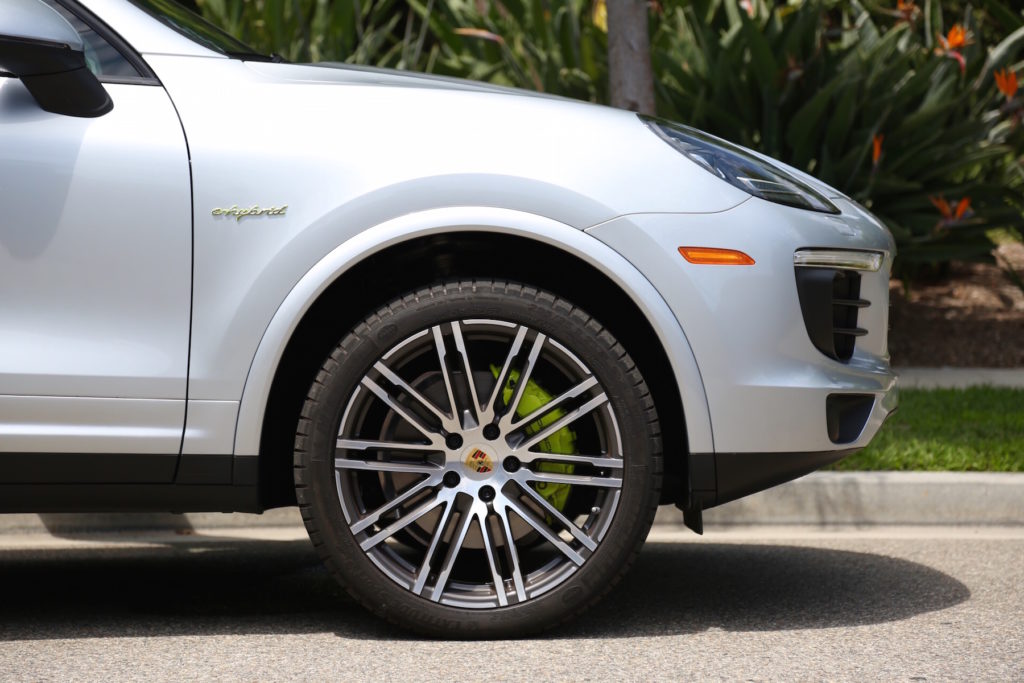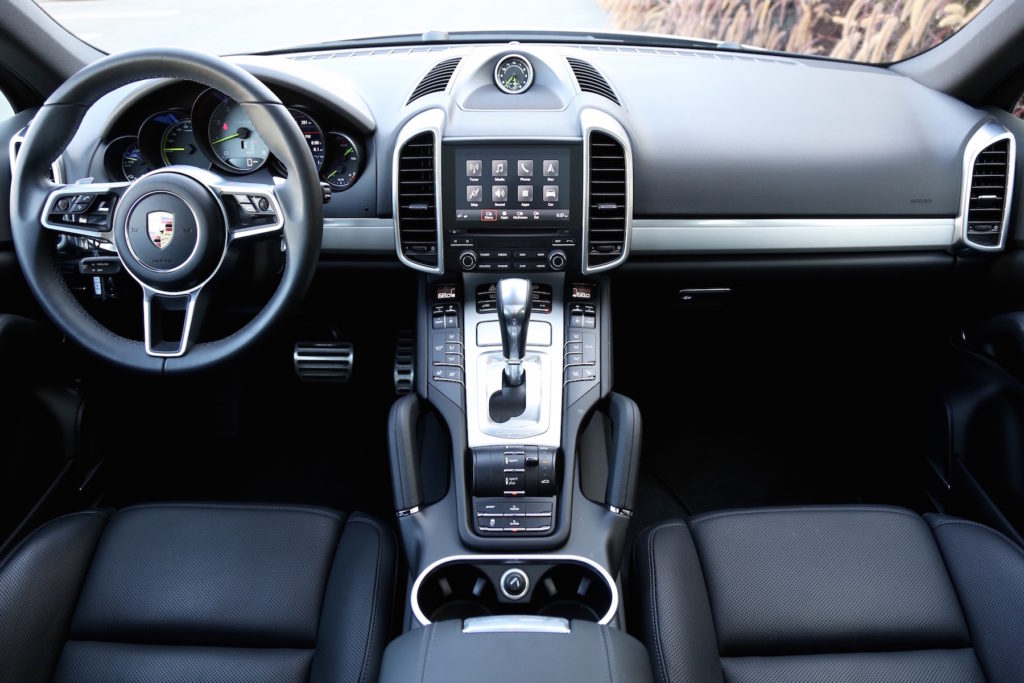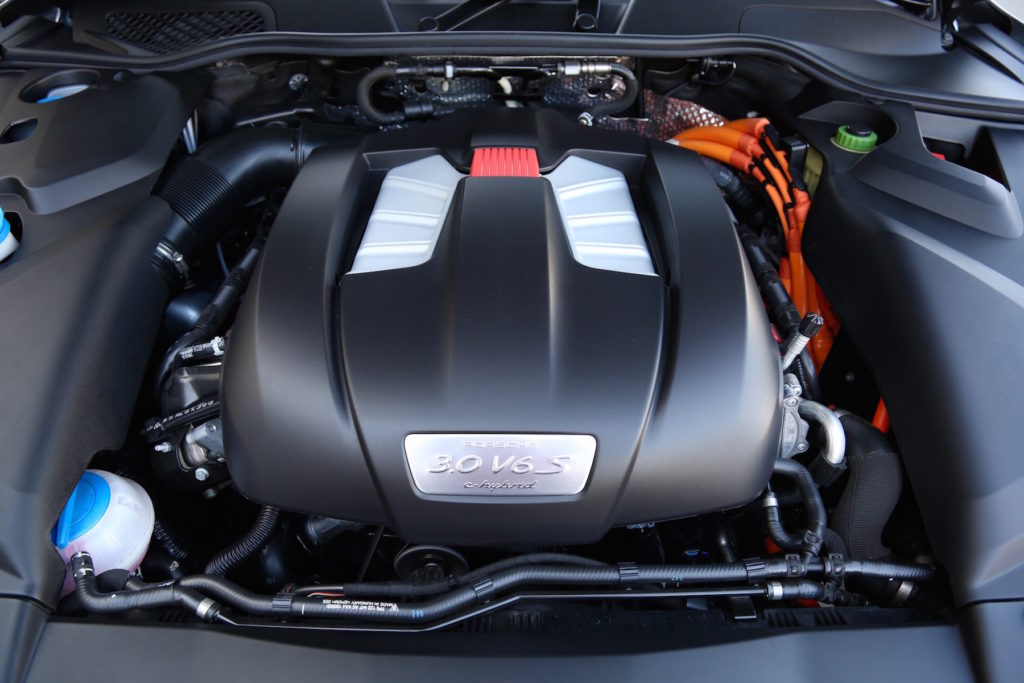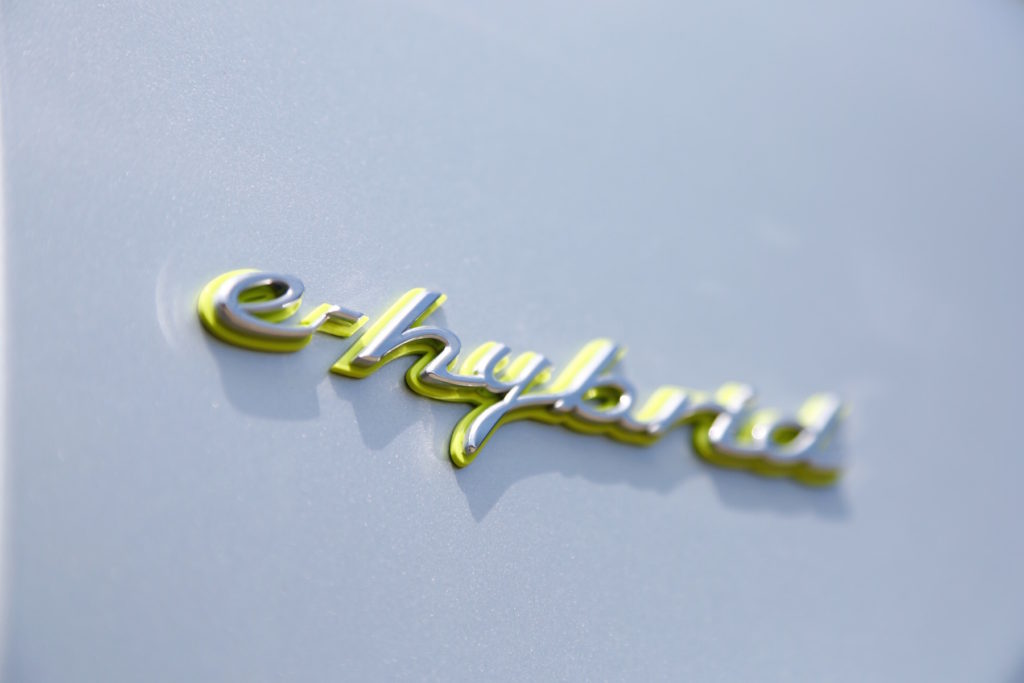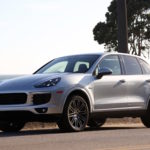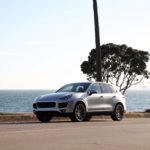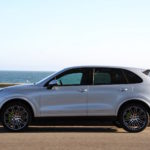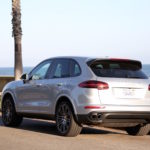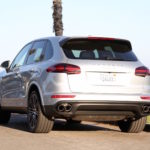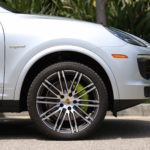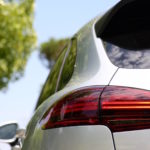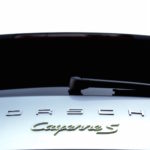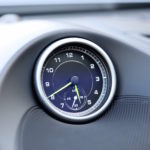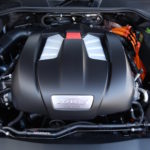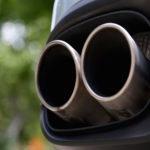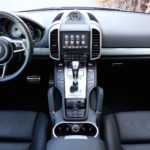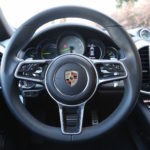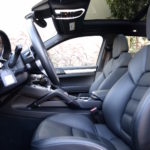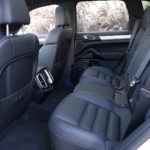Porsche is deep in the midst of change. News that the German luxury manufacturer will enter Formula E – an all-electric racing series – (and subsequently pull out of Le Mans) represents much more than a motorsport shuffle. The spotlight has been cast on electric (and E-Hybrid) performance – now and for the foreseeable future.
Before purists get too red in the face, it’s worth keeping two things in mind: 1) Porsche has, in fact, been working towards this electrified future for quite some time, and (2) though the equipment powering its road cars may change, there’s nothing to indicate the brand’s focus on performance will shift in the slightest.
To address the first point, consider the Porsche Cayenne. In 2002, enthusiasts scoffed that Porsche would even build an SUV – then it became a best seller. In 2010, the Cayenne became available with a gas-electric hybrid powertrain. Once more, Porsche’s uncharacteristic move proved successful. These days, the automaker offers plug-in hybrid versions of its Cayenne and Panamera, with other models soon to follow. By the end of the decade, Porsche will sell its first all-electric vehicle (with something like 600 horsepower on tap).
The question is: should all this electrification worry us or excite us? To find out, Digital Trends spent a week with the 2017 Porsche Cayenne S E-Hybrid. Here’s what we learned.
New For 2017
The second generation Porsche Cayenne was introduced in 2011 and has received only minor cosmetic and mechanical tweaks since then. In 2014, a plug-in hybrid powertrain with a small all-electric range replaced the conventional gas-electric hybrid system. Porsche’s 2017 model year Cayenne and Cayenne E-Hybrid is available with a new ‘Platinum Edition,’ but remains otherwise unchanged from 2016.
Included in the Platinum Edition is a set of unique 20-inch wheels, Bi-Xenon headlights with Porsche Dynamic Light System (PDLS), re-tuned steering, front and rear park assist, anti-glare side mirrors, rear privacy glass tinting, high gloss trim, the latest generation Porsche Communication Management (PCM) with navigation, a BOSE® surround sound system, and auxiliary cabin conditioning.
Design, Trims, Features
Back in 2002, part of what brought traditionalists around to the idea of a Porsche SUV was the finished product’s design. So cohesive was the Cayenne’s shape, with clear design lineage shared across the entire product portfolio, that enthusiasts had no choice but to accept the new family member.
The Cayenne is now well into its second generation, with a redesign due before the end of the decade, yet its clean looks and shared styling cues haven’t faltered. A long, sculpted hood, cab-rearward silhouette, and piercing LED lights are most recognizable. While many premium SUVs try to capture attention with busy character lines, the Cayenne relies on a smooth, rounded beltline and recessed greenhouse.
Our tester features optional 21-inch Porsche 911 Turbo design wheels that house acid green brake calipers. These green flashes also accentuate external e-hybrid and Cayenne S badges and internal dials and doorsills. Each headlight contains four LED beams that sparkle in low light and add a decorative touch during the day. A Rhodium Silver Metallic paint job enhances the Cayenne’s elegant physique, wrapping incandescent light around it like a blanket. ‘Sexy’ and ‘SUV’ really can be used in the same sentence.
The 2017 Porsche Cayenne S E-Hybrid is priced from $78,700, while Platinum Editions start the bidding at $81,600. Budget a $1,050 destination and handling fee on top of both figures.
Porsche offers a few packages for its Cayenne models. The Premium Package ($2,740) includes a backup camera, adaptive sport seats, panoramic sunroof, front ventilated seats, and comfort lighting. The Premium Plus Package ($6,160) adds keyless entry and drive, rear heated seats, rear power sunblinds, and lane change assist. The Sport Package ($2,600) includes air suspension and Porsche Active Suspension Management (PASM), sport chrono, and sport tailpipes. Sport, sport, sport.
Popular standalone features include air suspension and PASM ($1,990), LED headlights and dynamic beams ($2,070), an optional 7.2-kWh on-board charger ($840), and metallic paint ($790).
In-Car Technology
The Cayenne S E-Hybrid is loaded with interior technology to match its plug-in powertrain. Platinum Edition models include dual-zone climate control, remote climate conditioning (which lets the driver cool the car via an app), AM/FM/HD/XM satellite radio, Bluetooth audio, rain-sensing wipers, auto-dimming rearview and side mirrors, and a power tailgate. Also on board is a 14-speaker Bose surround sound system, which rivals the best units from Bang & Olufsen, Meridian, and others with 665 watts of crystal clear sound.
One notable omission on this list of standard goodies is push-button ignition. While that would be a real head-scratcher on other premium cars, Porsche’s dedication to its Le Mans-inspired left-hand ignition is more cool than annoying. Even without the burst of energy that comes from a traditional gas engine during start-up, each turn of the key feels special. Those who prefer convenience to heritage can add keyless start for a fee.
The center stack at first appears overwhelmed with buttons, but the logical layout takes no time getting used to. Porsche’s latest generation infotainment system, PCM, is fast, intuitive, and responsive. Drivers who prefer to keep their eyes fixed on the road ahead can use voice commands and steering wheel-mounted controls to access navigation and other convenience functions. In addition to the vivid center display, a 4.8-inch TFT monitor sits among analog gauges to show fuel economy, energy flow, navigation, smartphone pairing, media, and telemetry data.
Cabin Comforts
Inside, the Cayenne spoils its occupants with ample space, premium materials, and a handsome layout.
Split down the center, the cabin is a mirror image. A brushed metal inlet runs the length of the dashboard, connecting four elongated air vents and creating a sense of width. Both driver and front passenger have independent climate control adjustments and a leather-wrapped grab handle. Inlaid at the center of the upper dash is an analog clock with green dials, adding a touch of flair to the dark-themed cockpit.
Each surface is textured or covered in soft leather. Both the standard 8-way power leather/Alcantara seats and the upgraded 18-way full-leather chairs cradle front passengers with a perfect mix of support and comfort. 40/20/40 split folding reach seats accommodate full-size adults with ease. Head and legroom is excellent for up to five riders, though cargo capacity is limited to 20.0 cubic feet due to the placement of the hybrid system’s battery.
Far and away the most striking detail of the cockpit is Porsche’s three-spoke steering wheel. Smooth metal arms connect a high-quality leather rim for a timeless design. In addition to looking spectacular, the wheel is the perfect size and thickness for performance driving.
Driving Dynamics
If shareholders could be satisfied with revenues from sports car sales, most performance luxury brands would simply stick to what they know best. Alas, if there’s a dollar to be made in a new segment, chances are, a vehicle is already in development.
Some automakers let these product expectations overwhelm and dilute brand differentiation. Porsche does not. A Cayenne cannot behave like a 911 – no amount of engineering can mask the physics of an extra ton of weight being slung through corners – yet the confidence and precision of a Porsche product is as defined in its hybrid SUV as it is in its sports cars.
Powering the Cayenne S E-Hybrid is a 3.0-liter supercharged six-cylinder engine and an electric motor that combine to deliver 416 horsepower and 435 pound-feet of torque. A permanent all-wheel drive system shuttles power to the ground via an eight speed automatic transmission. Electric torque offsets the added weight of a 10.8-kWh lithium-ion battery for a 0 to 60 mph sprint of just 5.2 seconds. Top speed is limited to 151 mph.
Drag racing the Cayenne S E-Hybrid may be hilariously fun, but it has a tendency to taint the vehicle’s fuel efficiency (imagine that). When driven more…appropriately, the plug-in SUV manages 22 combined mpg and 46 mpge. By comparison, the standard Cayenne S is rated at 20 combined mpg. In addition to improved fuel economy is the vehicle’s electric-only range of 14 miles. That doesn’t sound like much, but with more charging stations available at offices and shopping centers, it’s possible to use little to no fuel for local travel.
Anytime the battery isn’t fully charged, the vehicle defaults to hybrid power, but selecting “e-charge” mode re-directs the electric motor to replenish the battery faster. Regardless of EV mode, the Cayenne uses regenerative braking and kinetic energy recovery to restore juice. To a large degree, the Cayenne S E-Hybrid’s efficiency depends on whether you, and the battery, take charge.
Straight-line performance and real-world efficiency may rely on strategic operation, but the Cayenne’s driving dynamics are independently superb. Porsche’s standard PASM system comes with a host of drive modes to adjust damper stiffness, throttle mapping, transmission timing, and steering feel.
When the need for speed takes over, Sport and Sport Plus modes brandish the Cayenne’s performance pedigree. Acute, communicative steering betrays the norm for electrically assisted racks. 295-section Michelin tires lock onto the road surface. Intelligent power application allows for a touch of rotation to combat understeer. Stiffened dampers prohibit the SUV’s tall body from flopping in corners.
When the impulse for aggression passes, the Cayenne’s Comfort mode and available air suspension mellow ride quality to luxury standards. Though we didn’t get a chance to forage off-road, hill descent control, all-wheel drive, and ride height adjustments ready the Cayenne for unpaved fun. “Generalist” is usually a dirty word, but Porsche’s Hybrid SUV scores points on every board.
Safety
Neither the National Highway and Traffic Safety Administration (NHTSA) nor the Insurance Institute for Highway Safety (IIHS) have crash tested and rated the 2017 Porsche Cayenne.
Standard safety features include driver and passenger front and knee airbags, front and rear side airbags, curtain airbags, stability control, ABS, and front/rear parking sensors. Optional driver aids include lane departure warning, lane change assist, adaptive cruise control, a backup or 360-degree camera, and front collision warning with automatic braking.
Competition
Porsche may have been one of the first luxury manufacturers to offer a hybrid SUV, but it isn’t the only option today. Two vehicles compete directly with the Cayenne S E-Hybrid: BMW’s X5 xDrive40e and Mercedes-Benz’s GLE550e.
Least efficient of this bunch is the GLE550e, which manages 43 mpge. Porsche’s offering slots above the Merc with 46 mpge but well below BMW’s plug-in X5, rated at 56 mpge. In terms of all-electric range, the Cayenne matches the X5 at 14 total miles – both trumping the GLE’s 12-mile figure.
So far, the BMW looks favorable, but its high mpge rating comes with a performance penalty. At just 308hp, the X5 xDrive40e is down more than 100hp to the Cayenne S E-Hybrid (416hp) and GLE550e (436hp). In a test of acceleration, the Cayenne is quickest (5.2 seconds), just beating the Mercedes (5.3 seconds), and trouncing the BMW (6.5 seconds).
Both the X5 ($63,095) and GLE ($66,300) plug-ins are cheaper than the base Cayenne S E-Hybrid ($78,900), but lack the Porsche’s standard equipment and curb appeal. If price is a constraint, the X5 is a good backup plan, but the Cayenne S E-Hybrid is our top choice.
The Verdict
A vehicle is either built from the ground up to utilize alternative energy power, or is modified to accommodate such powertrains. There are clear advantages to a purpose-built hybrid or EV, but Porsche’s plug-in SUV proves equal value as an eco retrofit.
The Cayenne S E-Hybrid offers the precision, performance, and quality to be expected of a Porsche, with the bonus of real-world efficiency. This isn’t the car to save the planet, but it also won’t ask anything of you in return for its fuel-saving tricks.

